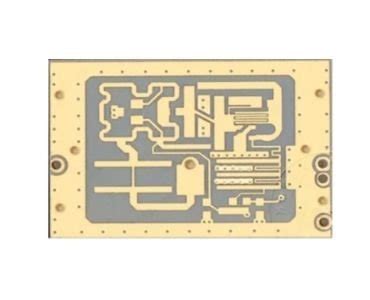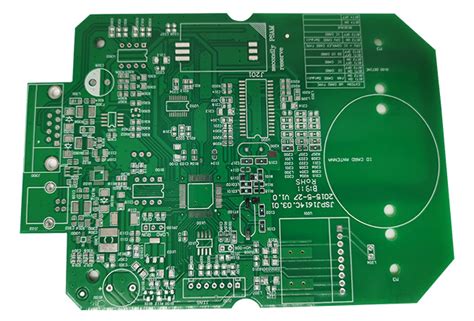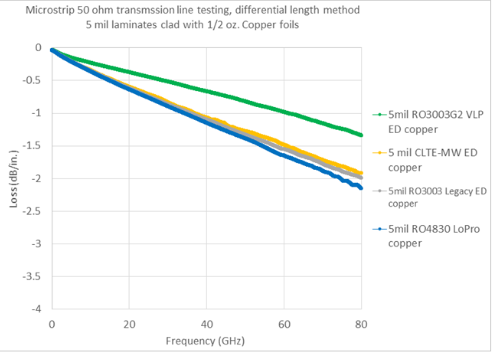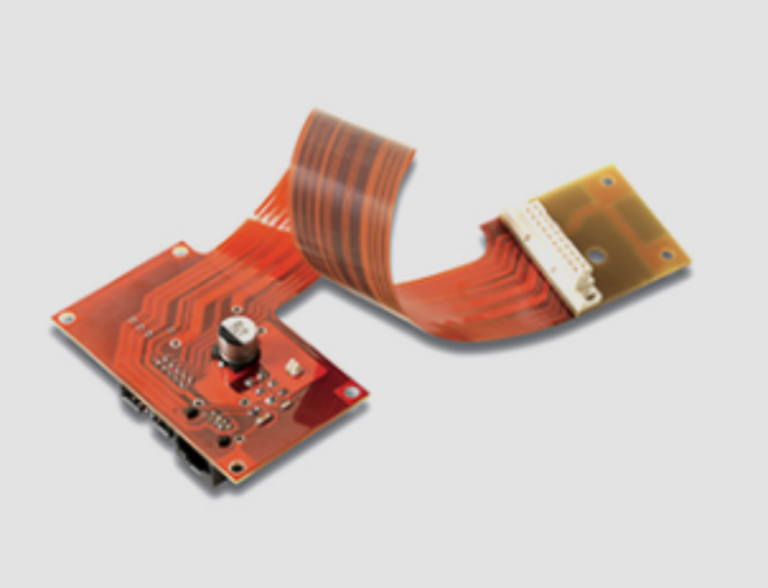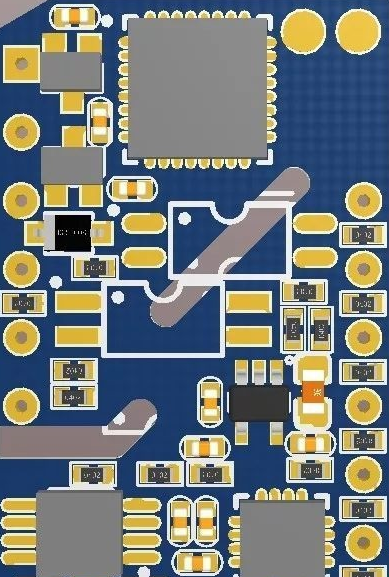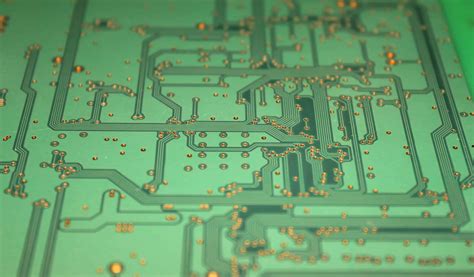Flex pcb basics
Introduction To Flex PCB: Understanding The Basics
Flexible printed circuit boards, commonly referred to as flex PCBs, have become an integral component in the modern electronics industry. As technology continues to evolve, the demand for more compact, lightweight, and versatile electronic devices has driven the development and adoption of flex PCBs. These innovative circuits offer a range of benefits over traditional rigid PCBs, making them an attractive option for various applications. To fully appreciate the advantages of flex PCBs, it is essential to understand their basic structure, functionality, and potential uses.
At the core of flex PCBs is their unique construction, which distinguishes them from their rigid counterparts.
Flex PCBs are made from flexible materials, typically polyimide or polyester films, which allow them to bend and conform to different shapes. This flexibility is achieved without compromising the electrical performance of the circuit, making them ideal for applications where space and weight are critical considerations. The ability to bend and fold enables designers to create more compact and efficient electronic devices, as the circuits can be integrated into tight spaces and complex geometries.
In addition to their flexibility, flex PCBs offer several other advantages.
One of the most significant benefits is their lightweight nature. By eliminating the need for bulky connectors and cables, flex PCBs reduce the overall weight of electronic devices, which is particularly beneficial in industries such as aerospace and consumer electronics, where every gram counts. Furthermore, the reduced weight contributes to improved energy efficiency, as less power is required to operate lighter devices.
Another notable advantage of flex PCBs is their durability.
The materials used in their construction are resistant to a wide range of environmental factors, including temperature fluctuations, moisture, and chemical exposure. This resilience makes flex PCBs suitable for use in harsh environments, where traditional rigid PCBs might fail. Additionally, the inherent flexibility of these circuits allows them to absorb mechanical stress, reducing the risk of damage from vibrations or impacts.
Despite these advantages, it is important to acknowledge the challenges associated with flex PCBs.
The design and manufacturing processes for flex PCBs can be more complex than those for rigid PCBs, requiring specialized knowledge and equipment. The materials used in flex PCBs can also be more expensive, which may increase the overall cost of production. However, the long-term benefits, such as improved performance and reliability, often outweigh these initial challenges.
Flex PCBs find applications across a wide range of industries, from consumer electronics to automotive and medical devices.
In consumer electronics, they are commonly used in smartphones, tablets, and wearable devices, where their flexibility and lightweight nature are highly valued. In the automotive industry, flex PCBs are used in various components, including dashboard displays and engine control systems, where their durability and ability to withstand harsh conditions are crucial. In the medical field, flex PCBs are employed in devices such as pacemakers and hearing aids, where their small size and reliability are essential.
In conclusion, flex PCBs represent a significant advancement in the field of electronics, offering numerous benefits over traditional rigid PCBs.
Their unique combination of flexibility, lightweight construction, and durability makes them an ideal choice for a variety of applications. As technology continues to advance, the role of flex PCBs in the development of innovative electronic devices is likely to expand, further solidifying their importance in the industry. Understanding the basics of flex PCBs is crucial for anyone involved in the design and manufacturing of modern electronic devices, as these circuits continue to shape the future of technology.
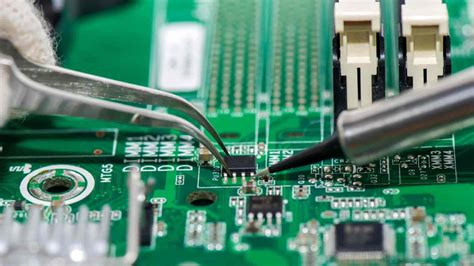
Key Advantages Of Using Flex PCBs In Modern Electronics
Flex PCBs, or flexible printed circuit boards, have become an integral component in the design and manufacturing of modern electronic devices. Their unique properties and advantages over traditional rigid PCBs make them an attractive choice for a wide range of applications. One of the primary benefits of flex PCBs is their ability to conform to complex shapes and fit into tight spaces, which is increasingly important as electronic devices become smaller and more compact. This flexibility allows designers to create innovative products that would be impossible with rigid boards, enabling the development of more ergonomic and user-friendly devices.
In addition to their adaptability, flex PCBs offer significant weight and space savings.
By eliminating the need for bulky connectors and cables, these boards reduce the overall weight of electronic devices, which is particularly beneficial in portable and wearable technology. The reduction in size and weight not only enhances the portability of devices but also contributes to improved energy efficiency, as less power is required to operate lighter components. This is a crucial consideration in the design of battery-powered devices, where every milliwatt of power saved can extend battery life and enhance user experience.
Moreover, flex PCBs are known for their durability and reliability.
The materials used in their construction, such as polyimide, are resistant to high temperatures and harsh environmental conditions, making them suitable for use in demanding applications. This resilience ensures that flex PCBs maintain their performance over time, even in challenging environments, reducing the likelihood of failure and the need for costly repairs or replacements. Furthermore, the inherent flexibility of these boards allows them to absorb mechanical stress and vibrations, which can be a common cause of failure in rigid PCBs.
Another key advantage of flex PCBs is their ability to support high-density interconnections.
As electronic devices become more complex, the need for increased functionality within a limited space becomes paramount. Flex PCBs can accommodate a higher number of components and connections within a smaller footprint, facilitating the integration of advanced features without compromising on size or performance. This capability is particularly valuable in industries such as aerospace and medical devices, where space constraints and performance requirements are critical.
The manufacturing process of flex PCBs also offers benefits in terms of cost and efficiency.
While the initial design and setup costs may be higher than those for rigid PCBs, the overall production process can be more cost-effective due to the reduced need for additional components and assembly steps. The ability to produce complex circuits in a single, streamlined process can lead to significant savings in both time and resources, making flex PCBs an economically viable option for many applications.
In conclusion, the key advantages of using flex PCBs in modern electronics are manifold.
Their flexibility, weight and space savings, durability, high-density interconnection capability, and cost-effectiveness make them an ideal choice for a wide range of applications. As technology continues to evolve and the demand for smaller, more efficient devices grows, the role of flex PCBs in the electronics industry is likely to expand, driving innovation and enabling the development of cutting-edge products that meet the needs of today’s consumers.

Design Considerations For Flex PCBs: Tips And Best Practices
When designing flexible printed circuit boards (flex PCBs), it is essential to consider several key factors to ensure optimal performance and reliability. Flex PCBs offer unique advantages over traditional rigid PCBs, such as the ability to bend and conform to complex shapes, making them ideal for applications in compact and dynamic environments. However, these benefits come with specific design challenges that must be addressed to fully leverage their potential.
To begin with, understanding the material properties of flex PCBs is crucial.
Unlike rigid PCBs, flex PCBs are typically made from polyimide films, which provide excellent flexibility and thermal stability. This material choice impacts the design process, as it requires careful consideration of the bending radius. The bending radius is the minimum radius that the flex PCB can be bent without causing damage. It is generally recommended to maintain a bending radius of at least ten times the thickness of the flex PCB to prevent stress and potential failure.
Moreover, trace routing is another critical aspect of flex PCB design.
The traces on a flex PCB should be routed in a manner that minimizes stress during bending. To achieve this, designers should avoid sharp angles and instead use curved traces, which distribute stress more evenly. Additionally, it is advisable to stagger traces on different layers to prevent stress concentration in a single area. This approach not only enhances the mechanical reliability of the flex PCB but also improves its electrical performance by reducing the risk of signal integrity issues.
Transitioning to the topic of stack-up design, it is important to note that flex PCBs can be single-sided, double-sided, or multilayered.
The choice of stack-up depends on the complexity and requirements of the application. For multilayer flex PCBs, it is essential to consider the impact of additional layers on flexibility. Each additional layer increases the overall thickness and reduces the flexibility of the PCB. Therefore, designers should carefully evaluate the trade-offs between the number of layers and the desired flexibility to achieve an optimal balance.
Furthermore, the selection of appropriate adhesives and coverlays is vital in flex PCB design.
Adhesives are used to bond the layers of the flex PCB, while coverlays protect the circuitry from environmental factors. The choice of adhesive should be compatible with the flex PCB material and capable of withstanding the operating conditions of the application. Similarly, coverlays should be selected based on their ability to provide adequate protection without compromising flexibility.
In addition to these considerations, it is also important to account for the manufacturing process when designing flex PCBs.
Flex PCBs require specialized manufacturing techniques, such as roll-to-roll processing, which differ from those used for rigid PCBs. Designers should collaborate closely with manufacturers to ensure that the design is compatible with the chosen manufacturing process. This collaboration can help identify potential issues early in the design phase and facilitate a smoother transition to production.
In conclusion, designing flex PCBs involves a comprehensive understanding of material properties, trace routing, stack-up design, adhesive and coverlay selection, and manufacturing processes. By carefully considering these factors and adhering to best practices, designers can create flex PCBs that meet the demands of modern applications while ensuring reliability and performance. As technology continues to advance, the role of flex PCBs in enabling innovative solutions will undoubtedly grow, making it imperative for designers to stay informed about the latest developments and techniques in this dynamic field.

Common Applications Of Flex PCBs In Various Industries
Flex PCBs, or flexible printed circuit boards, have become an integral component in numerous industries due to their versatility and adaptability. These innovative circuits are designed to bend and flex, allowing them to fit into spaces where traditional rigid PCBs cannot. As a result, they have opened up new possibilities for electronic design and functionality across various sectors. Understanding the common applications of flex PCBs in different industries provides insight into their growing importance and the technological advancements they support.
In the consumer electronics industry, flex PCBs are widely used due to their ability to conform to the compact and intricate designs of modern devices.
Smartphones, tablets, and wearable technology often incorporate flex PCBs to maximize space efficiency and enhance performance. The flexibility of these circuits allows for more compact and lightweight designs, which are crucial in meeting consumer demand for portable and aesthetically pleasing devices. Moreover, the durability of flex PCBs ensures that these devices can withstand the rigors of daily use, including bending and twisting, without compromising functionality.
Transitioning to the automotive industry, flex PCBs play a critical role in the development of advanced vehicle systems.
As cars become increasingly sophisticated with the integration of electronic components, the need for reliable and adaptable circuitry has grown. Flex PCBs are utilized in various automotive applications, including dashboard displays, infotainment systems, and advanced driver-assistance systems (ADAS). Their ability to withstand extreme temperatures and vibrations makes them ideal for the harsh conditions often encountered in automotive environments. Additionally, the use of flex PCBs contributes to the reduction of vehicle weight, which is a key factor in improving fuel efficiency and reducing emissions.
In the medical field, the demand for miniaturized and reliable electronic components has led to the widespread adoption of flex PCBs.
Medical devices such as pacemakers, hearing aids, and diagnostic equipment benefit from the compact and flexible nature of these circuits. Flex PCBs enable the creation of devices that are not only smaller and more comfortable for patients but also more reliable in terms of performance. Furthermore, the biocompatibility of certain flex PCB materials makes them suitable for use in implantable medical devices, where safety and reliability are paramount.
The aerospace industry also leverages the advantages of flex PCBs, particularly in applications where weight and space constraints are critical.
Aircraft and spacecraft systems often require complex electronic assemblies that can withstand extreme conditions, including high levels of radiation and temperature fluctuations. Flex PCBs offer the necessary resilience and adaptability, making them an essential component in avionics, satellite systems, and other aerospace technologies. Their ability to reduce the overall weight of electronic systems contributes to improved fuel efficiency and payload capacity, which are vital considerations in aerospace design.
In conclusion, the diverse applications of flex PCBs across various industries highlight their significance in modern technology.
From consumer electronics to automotive, medical, and aerospace sectors, these flexible circuits provide solutions to complex design challenges, enabling the development of innovative and efficient electronic systems. As technology continues to evolve, the role of flex PCBs is likely to expand further, driving advancements and shaping the future of electronic design and manufacturing.


